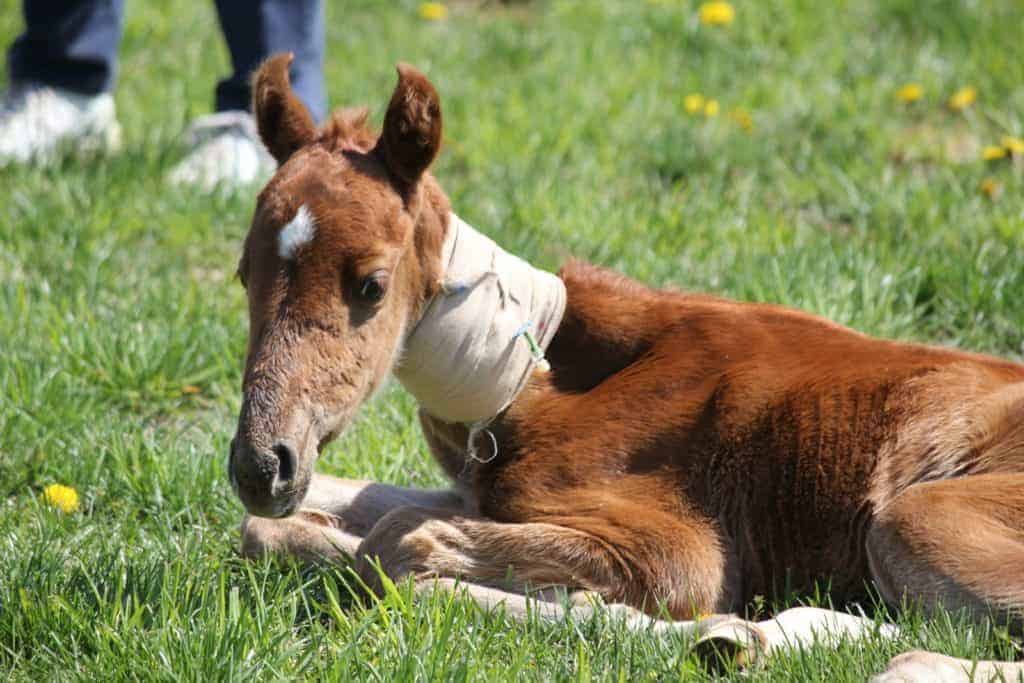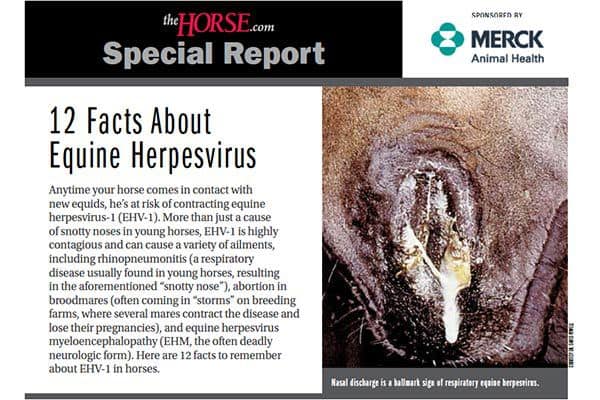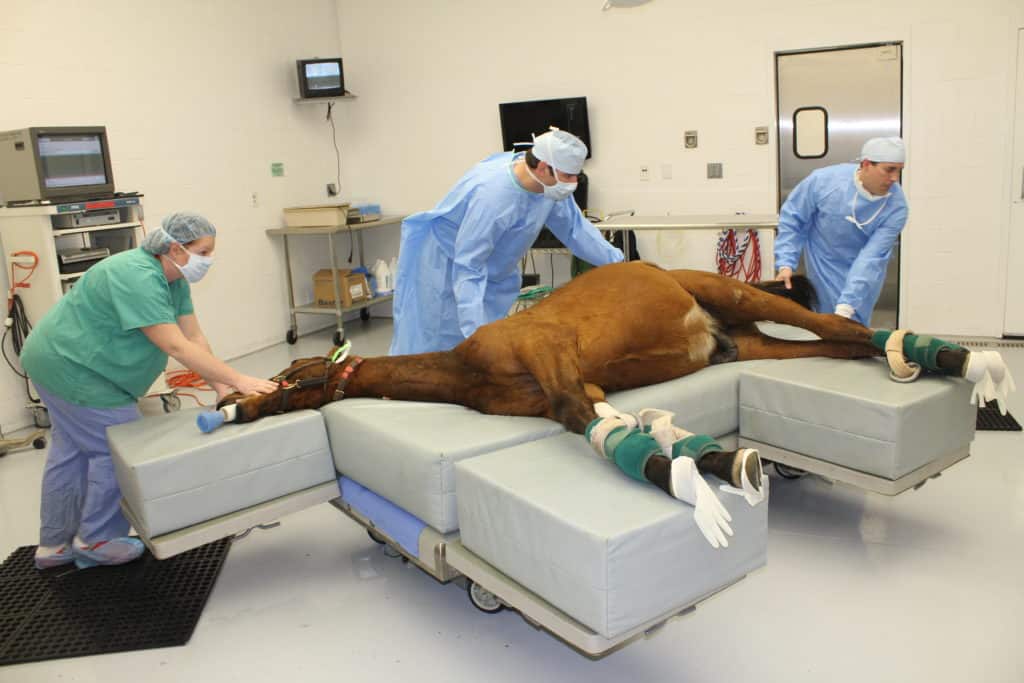
Small Size, Big Deal: UK Welcomes New Miniature Stallion
Little Kings Buckaroo Renaissance is new resident stallion in the Gluck Center’s parasitology research herd of Miniature Horses.
Horse breeding from planning through foal care

Little Kings Buckaroo Renaissance is new resident stallion in the Gluck Center’s parasitology research herd of Miniature Horses.

Researchers suspected that in some cases of septic arthritis bacteria might damage cartilage canals and interrupt blood supply. And in that situation, genetics—osteochondrosis’ most common cause—would have nothing to do with the resulting lesions.

Researchers have discovered the inner workings of a known “speed gene” in Thoroughbred racehorses, which directly affects skeletal muscle growth and, in turn, race distance aptitude.

Researchers identified found mutations in the gene aggrecan—the major structural protein of cartilage associated with dwarfism in Miniature Horses.

By re-analyzing DNA from a Thoroughbred mare named Twilight using updated equipment, scientists corrected thousands of errors in the original sequence released in 2009.

Vitamin E deficiencies can cause neurologic and other health problems in horses. As such, at-risk horses—from breeding stock and foals to equine athletes and pasture pets—might benefit from supplementation.

Dr. Joe Pagan founded Kentucky Equine Research in 1988 and, in the three decades following, he and his staff have witnessed the evolution of equine nutrition and research trends.

Dr. Ryan Ferris explains the different meanings of “foundation mare” for a reader who owns one but isn’t sure what the term means.

EHV-1 is more than just a cause of snotty noses in young horses. Learn more about this highly infectious disease and how to protect your horse in this special report.

How to unravel the reason behind your horse’s head-scratching weight loss.

Steve Reed, DVM, Dipl. ACVIM, of Rood & Riddle Veterinary Hospital, in Lexington, Kentucky, offers his insight about equine herpesvirus-1, including diagnosis, treatment, and prevention.

Shavahn Loux has been involved in a wide range of equine reproduction projects, particularly focusing on monitoring gestational health using bioinformatic tools.

Irish scientists recently tested a new OCD repair method that’s based on the idea of replacing the damaged tissue with healthy tissue.

Find out how long it takes for a horse to be protected from disease after vaccination. Dr. Elizabeth Davis explains.

Sterilizing stallions temporarily can help with feral population control, equine venereal disease management, behavior issues, and more.

Researchers know the modern domestic horse is the result of thousands of years of selective breeding. But they’re still striving to understand how and when equine breeding programs got started and evolved.
Stay on top of the most recent Horse Health news with
"*" indicates required fields